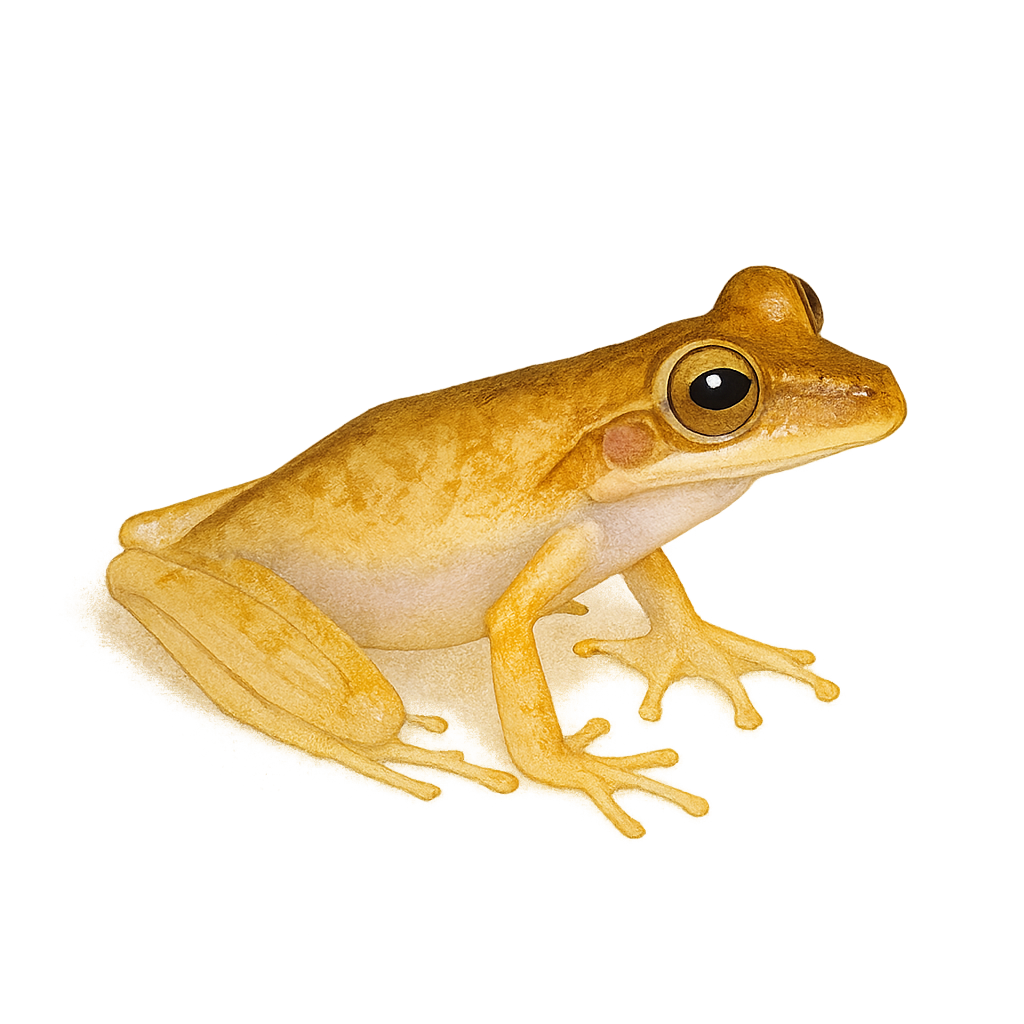Your wildlife photography guide.
Explore the basin tree frog in detail, study its behavior, prepare your shots.
Where to observe and photograph the basin tree frog in the wild
Learn where and when to spot the basin tree frog in the wild, how to identify the species based on distinctive features, and what natural environments it inhabits. The WildlifePhotographer app offers tailored photography tips that reflect the basin tree frog’s behavior, helping you capture better wildlife images. Explore the full species profile for key information including description, habitat, active periods, and approach techniques.
Basin tree frog
Scientific name: Hypsiboas lanciformis

IUCN Status: Least Concern
Family: HYLIDAE
Group: Amphibians
Sensitivity to human approach: Suspicious
Minimum approach distance: 3 m
Reproduction period: December to January
Incubation: 8–10 jours
Births: January to February
Habitat:
Tropical rainforests, swampy areas
Activity period :
Mainly active at night, generally discreet during the day.
Identification and description:
The Basin tree frog, scientifically known as Hypsiboas lanciformis, is a species of arboreal frog native to the humid tropical forests of South America. It is characterized by its slender body and long limbs, which allow it to move nimbly among the trees. Its coloration ranges from green to brown, providing excellent camouflage among the foliage. This species is primarily nocturnal, feeding on insects and other small invertebrates. It plays a crucial role in the ecosystem by controlling insect populations. Although its conservation status is currently stable, deforestation poses a potential threat to its natural habitat.
Recommended lens:
Macro – adjust based on distance, desired framing (portrait or habitat), and approach conditions.
Photography tips:
To photograph the Basin tree frog, it is advisable to use a macro lens to capture the details of its skin and subtle colors. Since it is nocturnal, a night outing with adequate lighting is recommended. Make sure not to use direct flash to avoid stressing the animal. Opt for soft and diffused light. Stay at a distance of at least 3 m to avoid disturbing its natural behavior. Be patient and wait for it to perch on a leaf or branch to get the perfect shot.
The WildlifePhotographer App is coming soon!
Be the first to explore the best nature spots, track rutting seasons, log your observations, and observe more wildlife.
Already 1 439 wildlife lovers subscribed worldwide

